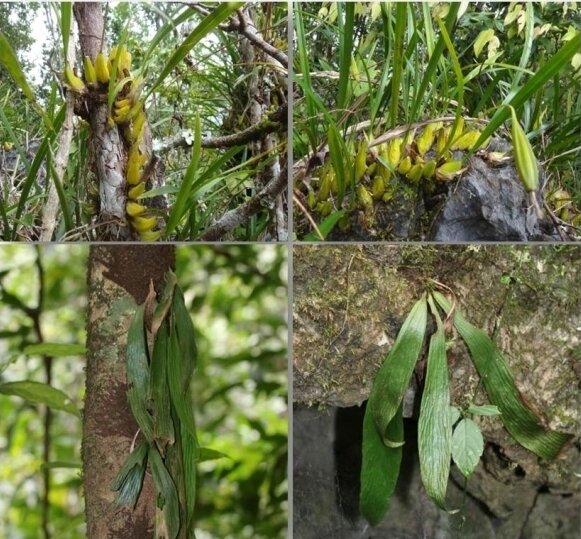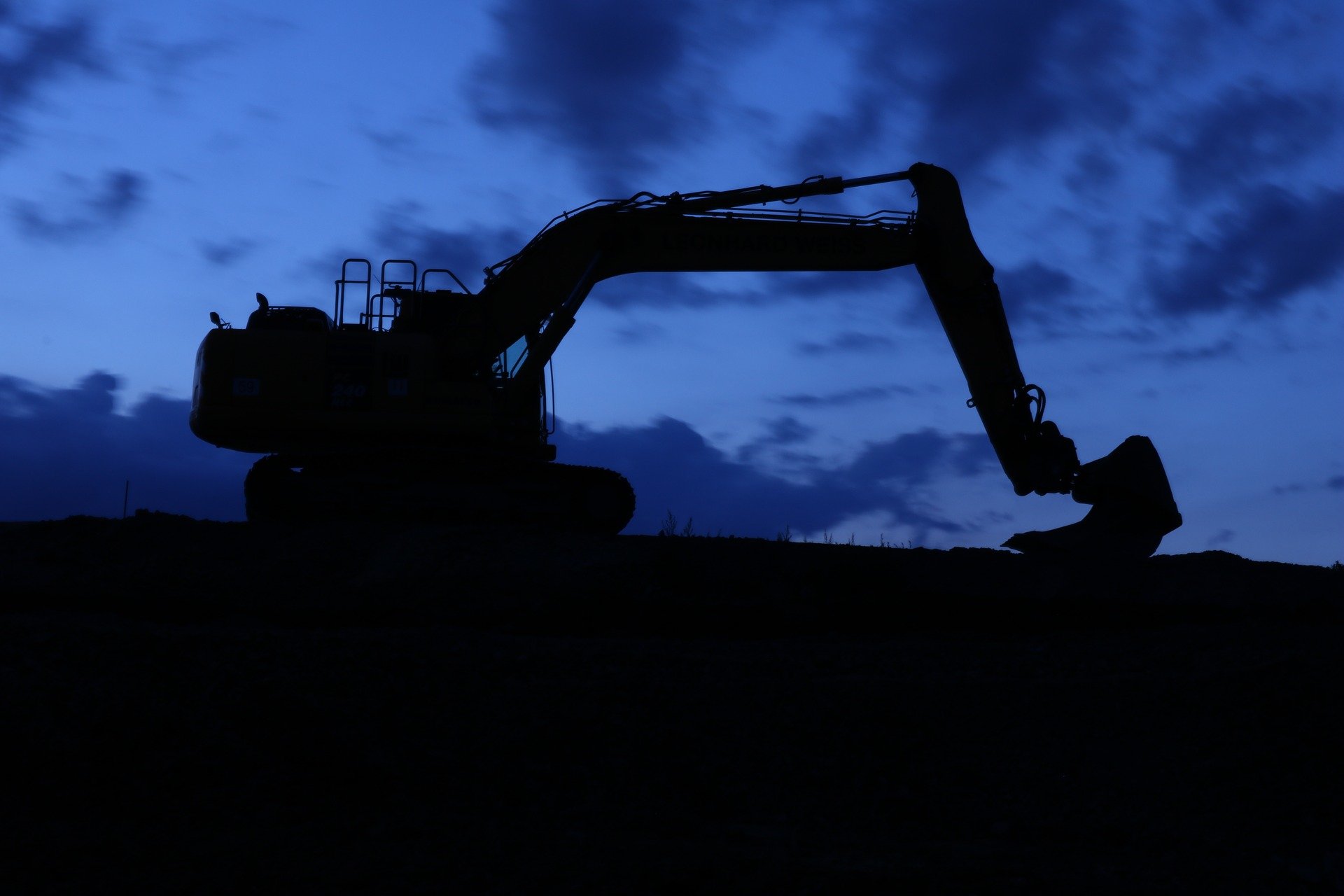#Facultative epiphytes exploit nutrients of rock outcrops and host barks in karst forest

“#Facultative epiphytes exploit nutrients of rock outcrops and host barks in karst forest”
![Facultative epiphytes [epiphytes (L) , lithophytes (R) ] in tropical dwarf limestone forests in Xishuangbanna. Credit: WU Yi Facultative epiphytes exploit nutrients of rock outcrops and host barks flexibly in karst forest](https://scx1.b-cdn.net/csz/news/800/2020/facultativee.jpg)
Facultative epiphytes can use different substrates simultaneously, such as trees, rocks, or soil. They are ecotypes of the same species present on different substrates.
Understanding the stoichiometric characteristics of plants to a substrate shift is a key step in the use of a stoichiometric framework to predict ecosystem responses to environmental change. However, the stoichiometric and isotopic characteristics of plants on both rock and trunk substrates has not yet been studied.
In a study published in Environmental and Experimental Botany, researchers from Xishuangbanna Tropical Botanical Garden (XTBG) of the Chinese Academy of Sciences tried to determine how the stoichiometry and isotopy of facultative epiphytes respond to a substrate shift between rock and bark.
The researchers measured the foliar stoichiometric (N, P, K, Ca, Mg, S, Mn, Na, and Fe concentrations) and isotopic characteristics (δ13C and δ15N) of both the epiphytes and lithophytes of nine facultative epiphyte species in a karst forest in Xishuangbanna.
They then compared the stoichiometry and isotopy between the epiphytic and lithophytic individuals in the facultative epiphytes, and studied the possible causes of changes in elemental concentrations to substrate shifts.
They found that there were no significant differences in the concentrations of organically bound elements (P, N, and S) between the epiphytes and the lithophytes. However, the lithophytes were enriched inδ15N and Ca, and depleted in Fe, K, and Mn.
By comparing the stoichiometry and isotopy of facultative epiphytes on different substrates, the researchers detected the flexibility of non-organically bound elements for environmental changes. A substrate shift led to foliar stoichiometry differences between two ecotypes.
“The differences of element concentration and isotopy between the two ecotypes suggested stoichiometric and isotopic flexibility, which enabled facultative epiphytes to exploit rock and bark interchangeably,” said Dr. Song Liang, principal investigator of the study.
How do aquatic plants respond to combined effects of cadmium and low carbon dioxide?
Yi Wu et al. Stoichiometric and isotopic flexibility: facultative epiphytes exploit rock and bark interchangeably, Environmental and Experimental Botany (2020). DOI: 10.1016/j.envexpbot.2020.104208
Citation:
Facultative epiphytes exploit nutrients of rock outcrops and host barks in karst forest (2020, September 29)
retrieved 29 September 2020
from https://phys.org/news/2020-09-facultative-epiphytes-exploit-nutrients-outcrops.html
This document is subject to copyright. Apart from any fair dealing for the purpose of private study or research, no
part may be reproduced without the written permission. The content is provided for information purposes only.
For forums sites go to Forum.BuradaBiliyorum.Com
If you want to read more Like this articles, you can visit our Science category.




